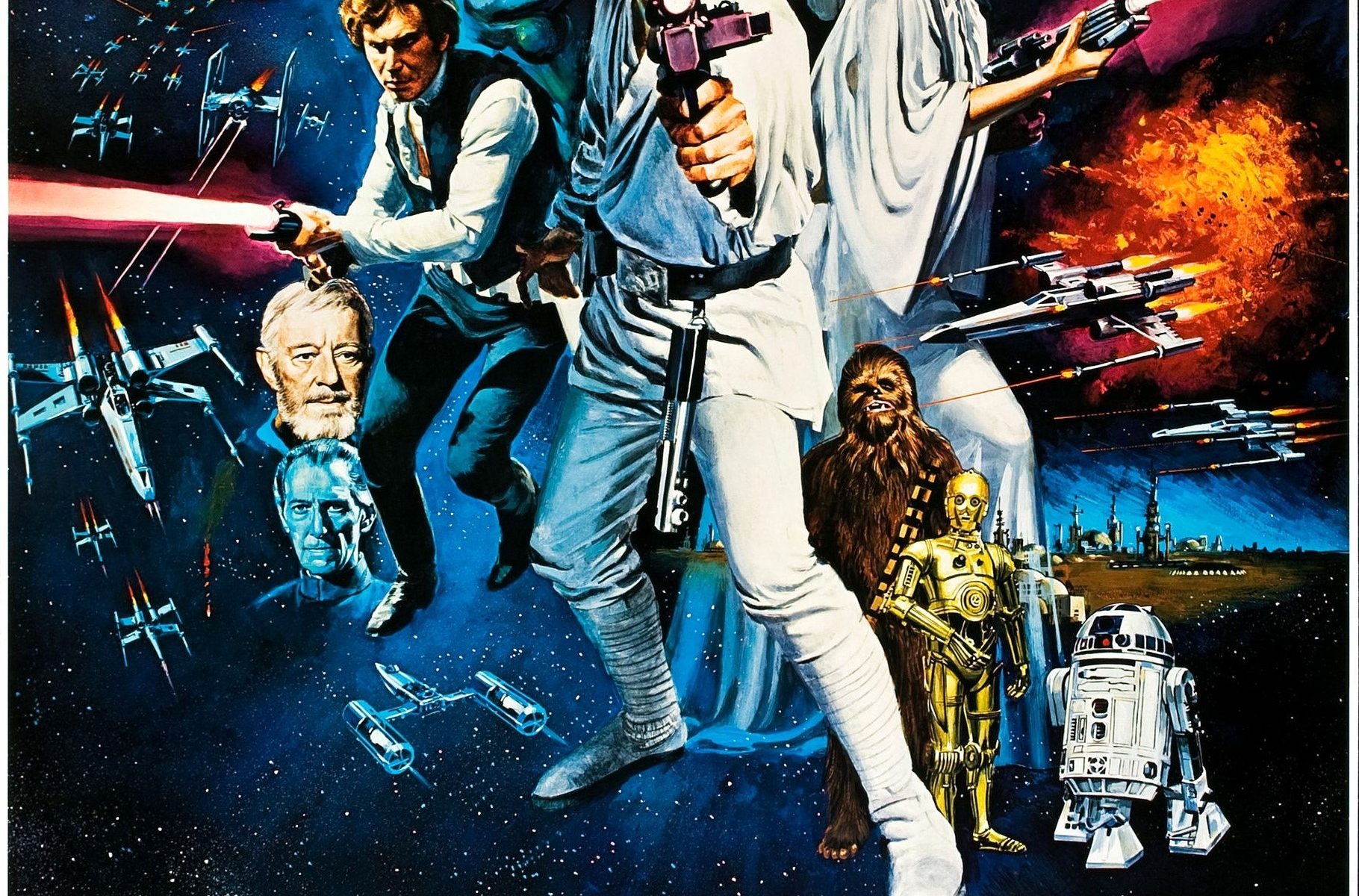Maybe because the first STAR WARS movie was so successful and spawned so many sequels and prequels, it’s tempting to see it as unique. But many features of STAR WARS: A NEW HOPE (as it came to be called) come from its genre or genres, a clever mix of science fiction, adventure, and fantasy. Its dramatic elements are very general and simple, and many of its story elements go back to the folk tale. But effective storytelling devices dress up this blend of genres to give the impression of something different: ‘old wine in new bottles,’ as the saying goes.
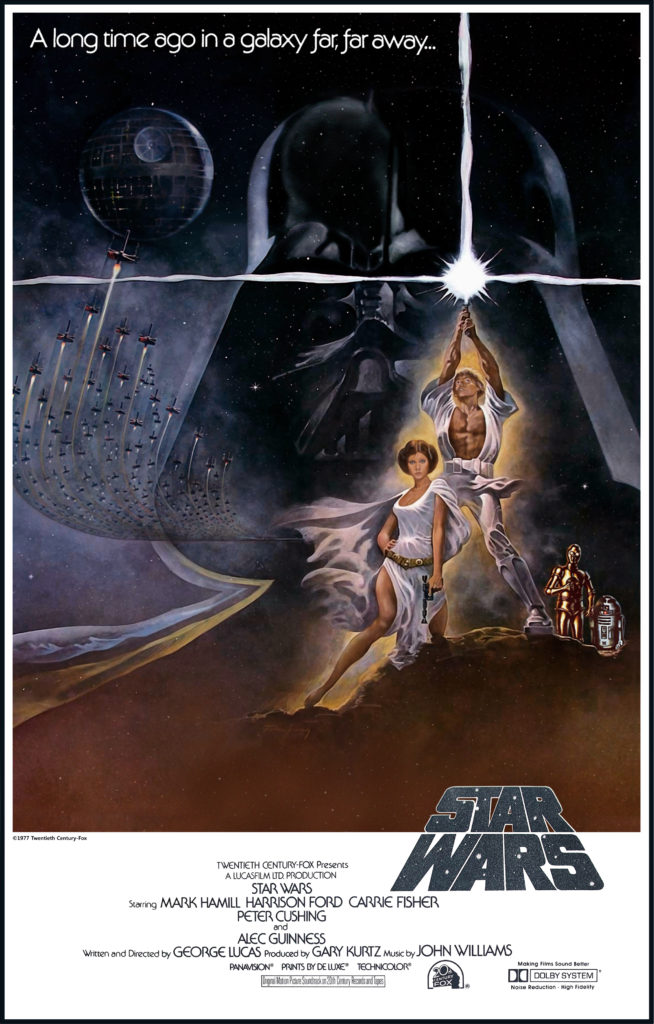
STAR WARS: A NEW HOPE uses some of the visual iconography of science fiction (space ships), but the differences are many. The science fiction genre often pits humans from earth against creatures from outer space, whether monstrous and dangerous or just simply misguided–as in the STAR TREK TV series. But STAR WARS does not use earth as a point of reference at all. It’s not about us going into space, it’s about a space without an “us.” Likewise, science fiction explores the human condition by putting humans in different environments and giving them different tools. Sci-fi asks: are we still us in these altered circumstances? Sci-fi is at least potentially socially critical. But the first STAR WARS movie, has a simpler good-evil contrast which is closer to the adventure film as explained by the web site Script Lab:
Adventure film is a genre that revolves around the conquests and explorations of a protagonist. The purpose of the conquest can be to retrieve a person or treasure, but often the main focus is simply the pursuit of the unknown. These films generally take place in exotic locations and play on historical myths.
STAR WARS certainly draws on the iconography of outer space and advanced technology, even though it is explicitly set in the past: “a long time ago in a universe far, far away.” And the technology sits uneasily beside magical powers and objects like light sabers–which seem only to be handled by those initiated in The Force. In science fiction, the laws of our physical universe still apply, but imaginary technology allows, say, space or time travel. But STAR WARS is closer to the fantasy genre, where magical things, beings, and powers abound. The web site Filmsite explains the fantasy film clearly:
If fantasy films, the hero often undergoes some kind of mystical experience, and must ask for aid from powerful, superhuman forces on the outside. Ancient Greek mythological figures or Arabian Nights-type narratives are typical storylines. Flying carpets, magic swords and spells, dragons, and ancient religious relics or objects are common elements. Bizarre and imaginary, invented lands include sci-fi worlds, unreal worlds, fairy tale settings, or other whimsical locales (e.g., Shangri-La or Brigadoon). The earliest sci-fi writers (H. G. Wells and Jules Verne) created fantastic worlds and/or journeys – the subject matter of many fantasy films.
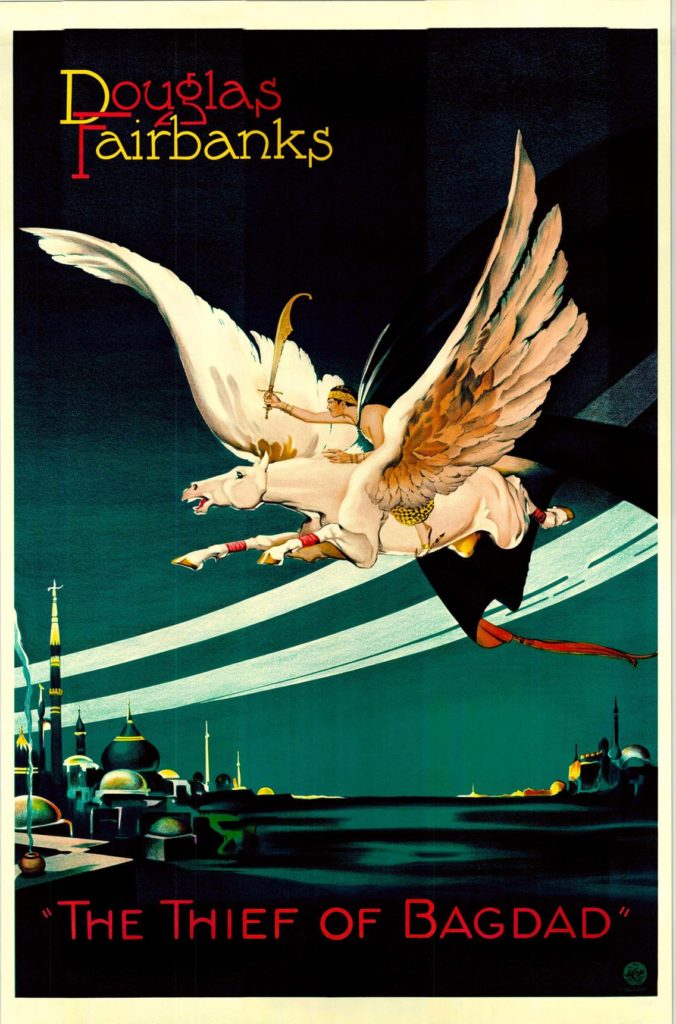
The Millennium Falcon might as well be a “flying carpet,” the light saber is a “magic sword,” and the Cantina is a “whimsical locale”
Genres can be rituals, and the fantasy genre especially is more like an initiate ritual or “rite of passage” than the horror-sci-fi mix where a monster must be cast out in a sort of action-adventure exorcism (as in ALIEN). STAR WARS, by contrast, is clearly an initiation ritual or rite of passage. Luke goes from petulant farmhand to hero through his adventures in faraway places and his contact with and instruction in mystical knowledge.

The dramatic structure of STAR WARS could not be simpler, but clever storytelling re-arranges the elements to intensify the suspense and create a series of dangerous adventures, last-minute rescues and escapes. Although Luke is the film’s protagonist, he actually joins forces with several others (Obi-Wan, Han Solo, and Chewbacca) to rescue Princess Leia and then attack the antagonist Darth Vader and his team, the forces of the empire. Yet the film does not start with the protagonist, it starts with the antagonist Darth Vader and the ‘object of value‘: Princess Leia. Aside from some bossing and flirting, Leia’s role in the story is to be rescued. (A plot outline emphasizing narrative functions can be found at the end of this essay.)
Indeed, if we look at the timings of the DVD (from a deleted web page available from Archive.org), fully 23% of the movie (1:03:09 to 1:29:52) consists of the rebels being captured, hiding, rescuing Leia, nearly being crushed to death, and getting back to their ship to escape: action and adventure. The next longest chunks are Luke finding the message from Leia, feeling trapped by his family, meeting Obi-Wan, and losing his aunt and uncle (0:19:41 to 0:39:04, roughly 16% of the running time): so just setting up the story.
Many of these elements are similar to the “functions” Russian folklorist Vladimir Propp found in his analysis of the Russian folk tale. Absence, interdiction, violation, and interrogation could all apply to Leia stealing the plans for the Death Star. Lack, Villainy, Decision, and Departure could all apply to Luke sensing something missing in his life, his family being killed, and his decision to go with Obi-Wan to rescue Leia.
But these very old-fashioned elements are re-shaped by re-arranging the story information so we see it less clearly than in a folk tale. The movie’s storytelling exposes and hides key information to keep the audience keenly involved. The film mostly exposes. We know Leia needs rescuing long before Luke does, so we are in suspense about whether or not the droids will find Obi-wan. We know Leia’s planet Tattooine has been destroyed before the rebels do, except for Obi-wan’s vision, which is none too definite. We know the rebels are hiding in the floor when Darth Vader and his force powers do not. We know the droids escaped when the clueless imperial forces seem not to. The fact that later storm troopers are looking for them does increase the sense of danger for Luke, even though not long earlier the imperial army had no clue anything was wrong. The point is not that the film makes a ‘mistake’ or is shoddily constructed: it’s that the movie does what it needs to do to raise the dramatic intensity, the sense of risk and adventure.
In short, STAR WARS: A NEW HOPE is an adventure film which uses folk tale elements and clever storytelling to create something which seems new but whose pieces are in fact very familiar. This is no slight to the filmmakers but rather a good demonstration of how “creativity” doesn’t always mean inventing something ‘never seen before.’
STARS WARS helped make moviegoing itself into a ritual in which we escape our humdrum lives for an adventure to faraway places, returning refreshed and ready for our boring everyday existence. Like contemporary professional sports, a spectacle of physical strength and skill allows us to return to a world in which the ability to withstand boredom is the real survival skill. STAR WARS is the dream, OFFICE SPACE is the reality.
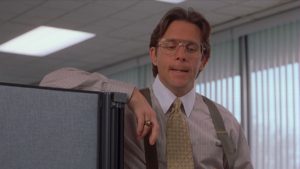
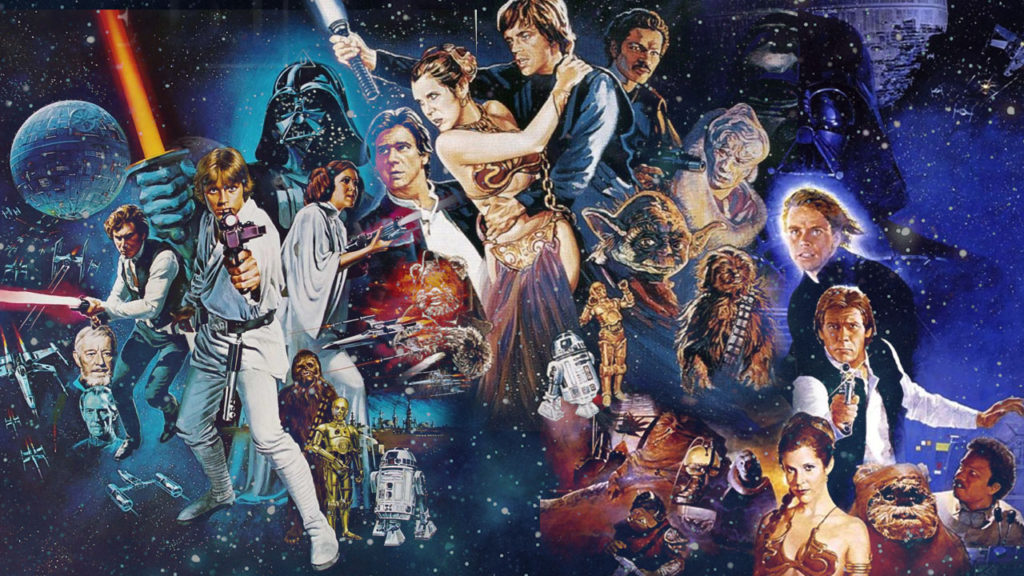
- ANTAGONIST Darth Vader captures OBJECT OF VALUE Leia, but two droids HELPERS escape.
- The droids are captured and sold to Luke’s OBSTACLE Uncle who won’t let Luke become a soldier.
- Luke finds message from Leia asking for help, and finds HELPER Obi-Wan.
- Vader’s henchmen murder Luke’s family.
- Luke sets a GOAL: rescuing Leia with Obi-Wan.
- Luke and Obi-Wan hire HELPERS Han and Chewie.
- When PURSUED they FLEE.
- The planet they seek has been destroyed by Vader [The ANTAGONIST causes HARM].
- The PROTAGONISTS are captured by Vader but find Leia and hide [FLIGHT].
- In a CONFRONTATION, Obi-Wan sacrifices himself to Vader.
- The rest of the team escapes with Leia.
- They regroup and discover a flaw in Vader’s plan. Han and Chewie choose not to go along.
- In a CONFRONTATION, the PROTAGONISTS attempt to destroy Vader’s ship, and many are killed [HARM], but Han and Chewie return to HELP, and Luke SUCCEEDS in destroying Vader’s ship.
- Vader ESCAPES to fight another day.
- Luke and Han receive RECOGNITION, and Chewie gets nothing.

